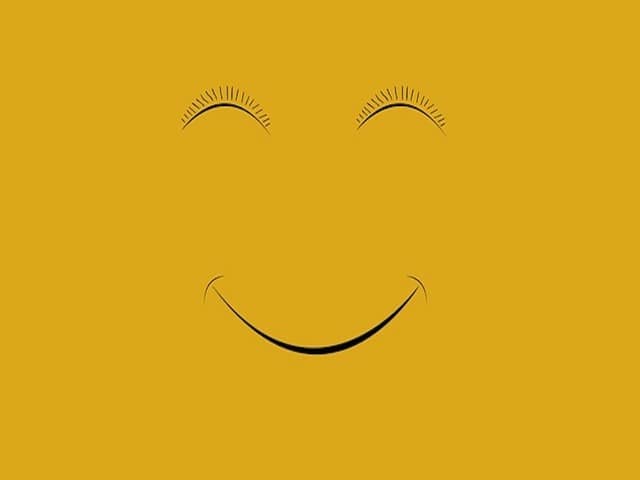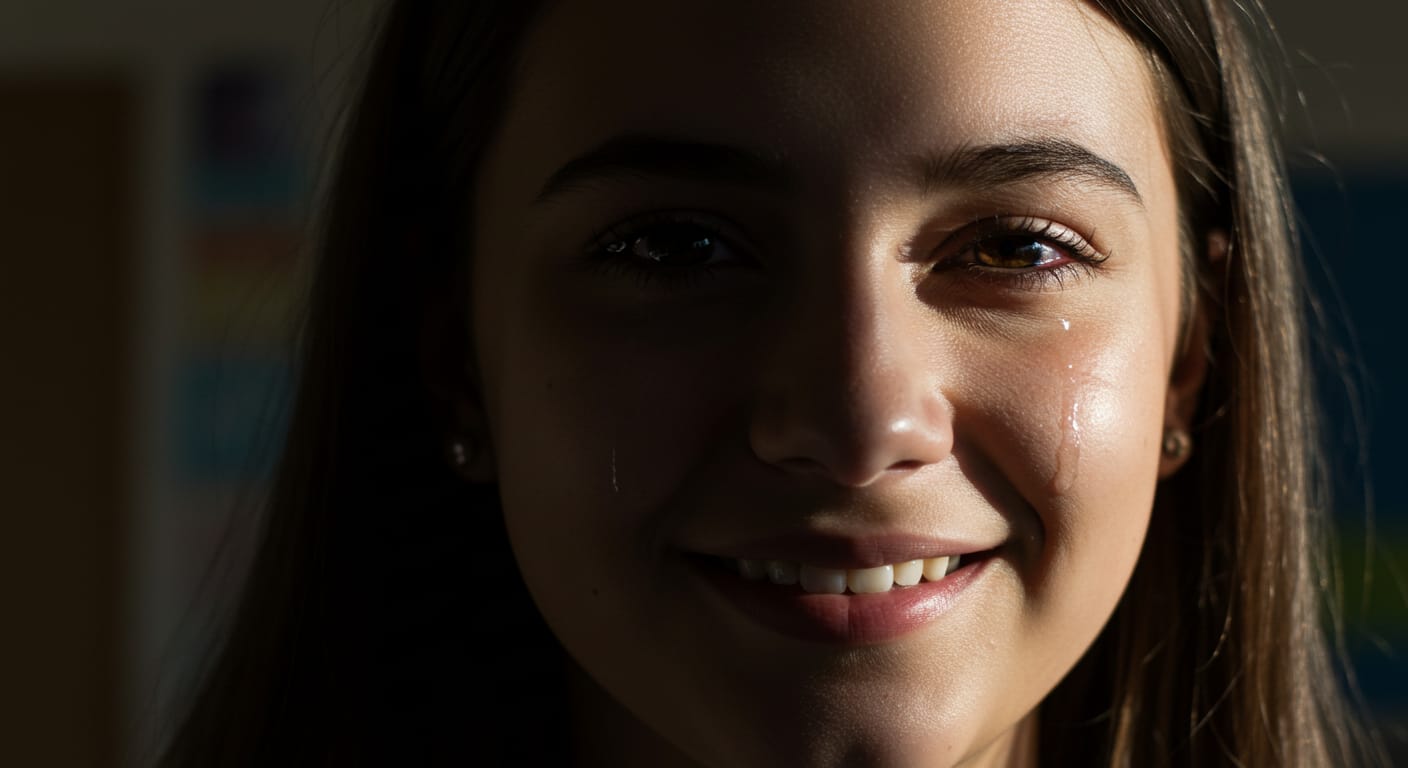What’s Really Behind That Smile?
Hidden behind your child’s smile could be a world of pain you don’t see.
“If you’re reading this… Congratulations, you’re alive.
If that’s not something to smile about, then I don’t know what is.”
— Chad Sugg
We often associate childhood with joy, playfulness, and freedom. After all, what could kids possibly be stressed or depressed about? They don’t have bills to pay or adult responsibilities to manage. So when they seem quiet or withdrawn, we may chalk it up to “a phase.”
But here’s the hard truth: depression in children and teens is real, and it’s often hidden behind a convincing smile.
Teen Depression Is Often Overlooked
Many parents and caregivers miss the signs because they believe teens are just “acting out” or “going through growing pains.” But depression doesn’t always look like sadness or crying. In fact, some of the teens who are:
-
Happy
-
Popular
-
High-achieving
…are the very ones quietly struggling inside. One in five teenagers experiences depression at some point, yet many never receive the help they need because the signs are dismissed or unnoticed.
The Mask of Happiness
It’s painful to imagine, but your child may be wearing an emotional mask. They may joke, laugh, and appear engaged—while inside, they feel empty, anxious, or hopeless. This takes tremendous emotional effort and can be exhausting for the child.
Left untreated, this internal battle can lead to long-term mental and physical health issues.
What Atypical (Smiling) Depression Looks Like
Not all depression shows up the same way. In teens, it may look like:
-
😴 Sleepless nights (or sleeping too much)
-
🍽️ Loss of appetite (or emotional eating)
-
😢 Unexplained sadness or withdrawal
-
🤕 Frequent stomachaches or headaches
-
💬 Statements about feeling hopeless or not wanting to live
It’s important to note that some teens may show none of these signs outwardly, and still suffer deeply.
The Importance of Parental Awareness
Parents must be part of the solution—not by panicking, but by being proactive, observant, and supportive. This means:
-
Encouraging open dialogue without judgment
-
Monitoring behavioral changes without being invasive
-
Educating yourself about mental health conditions affecting youth
-
Connecting with school counselors, therapists, or trusted adults
You can’t always control what your child feels—but you can create a safe space where they feel loved and heard.
Final Thoughts: See Beyond the Smile
The pain your child may be hiding isn’t always obvious. But being emotionally available, informed, and ready to act could make all the difference.
Their smile may be beautiful, but look closer—you might just see a cry for help behind it.


